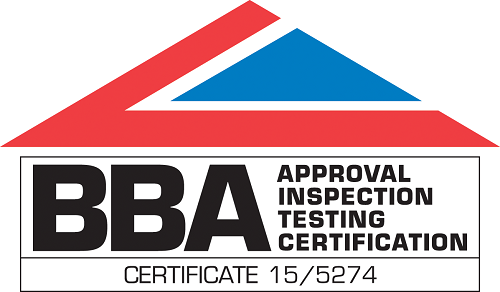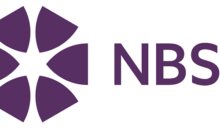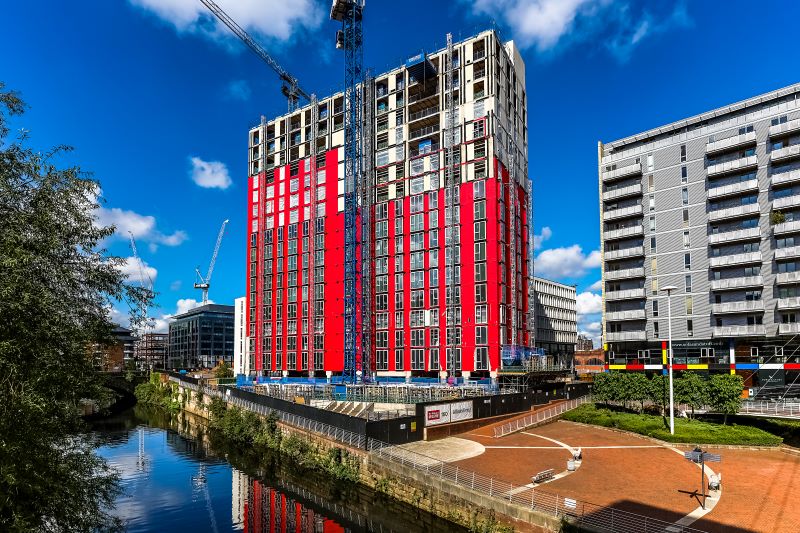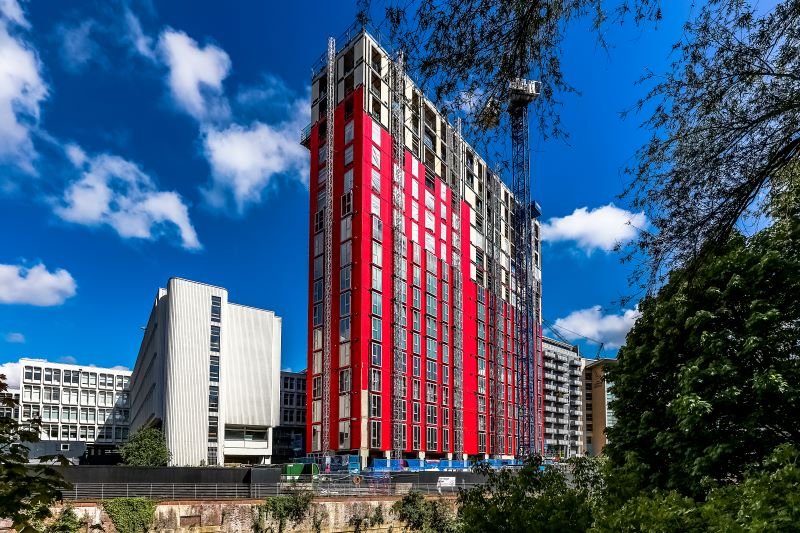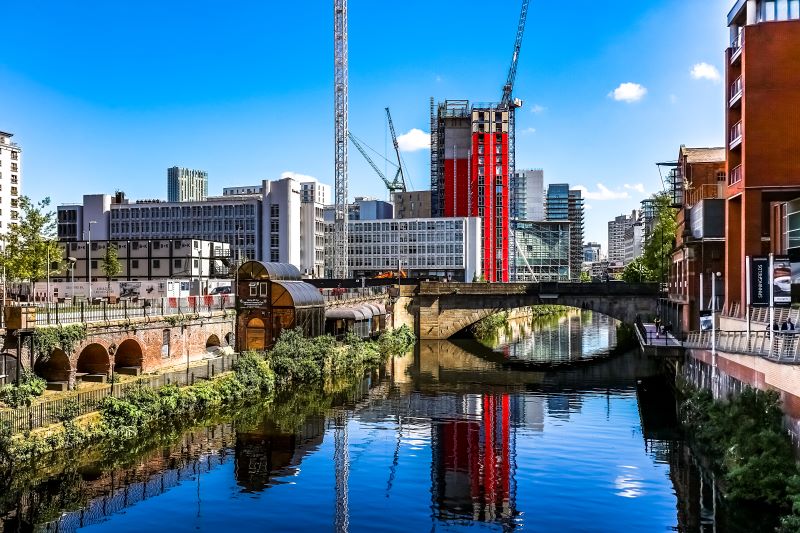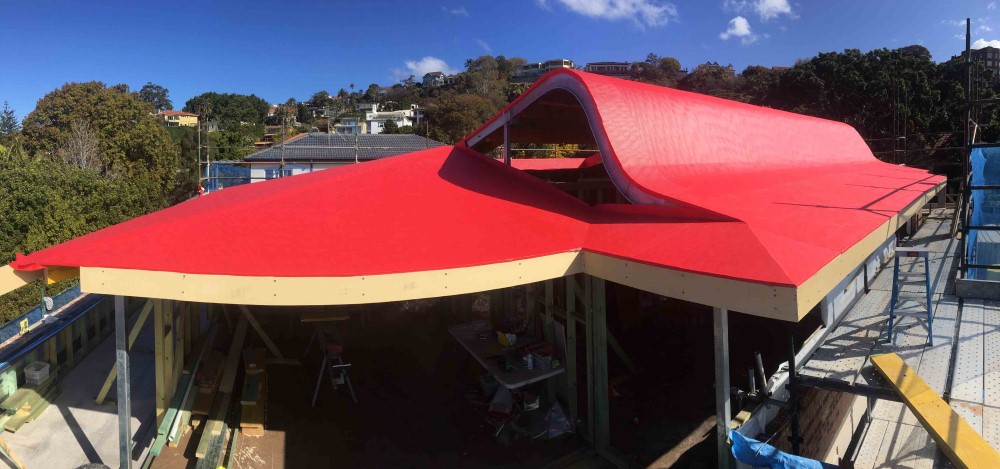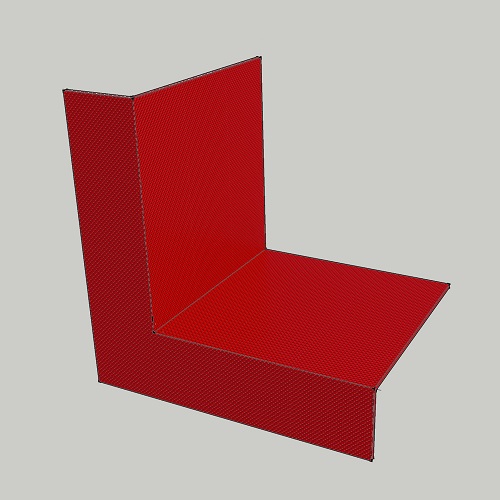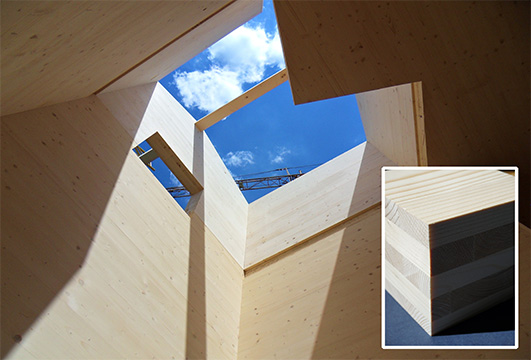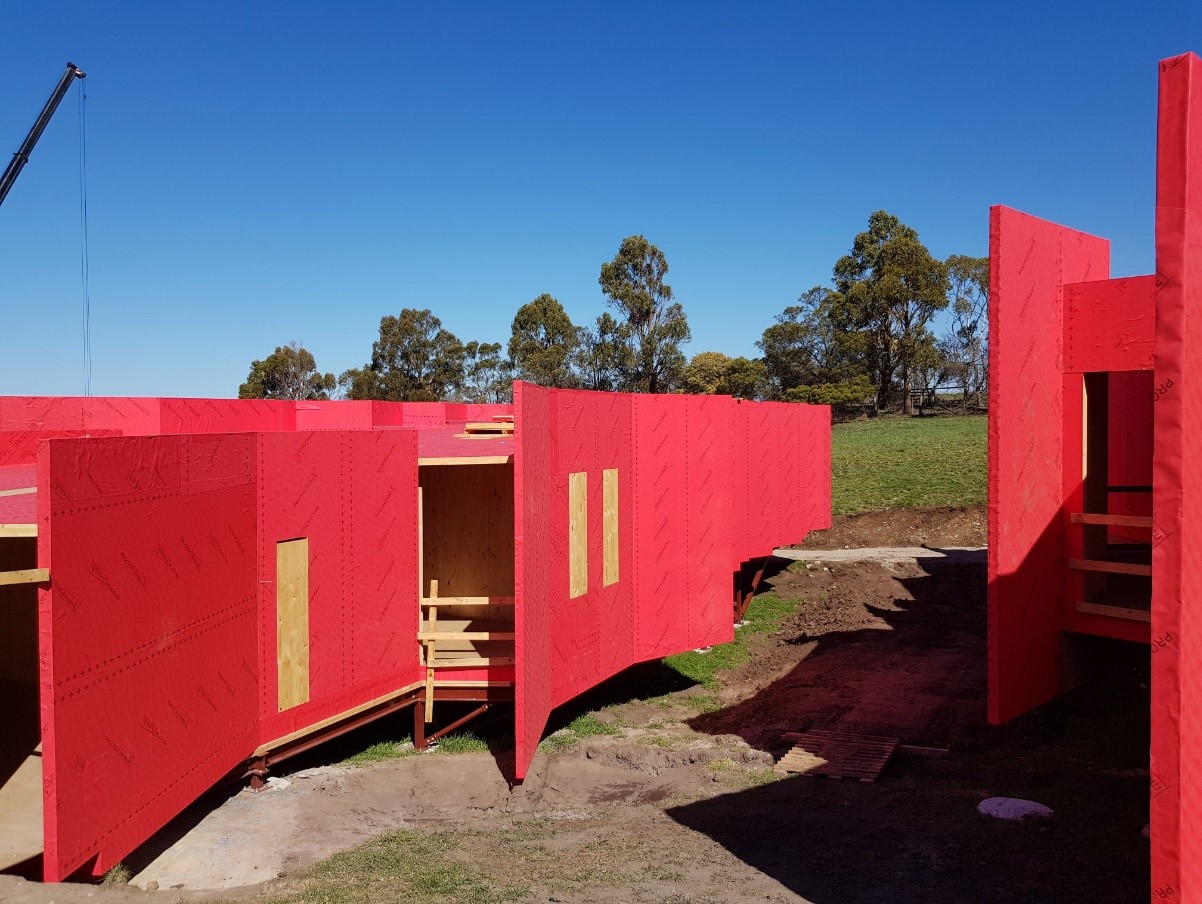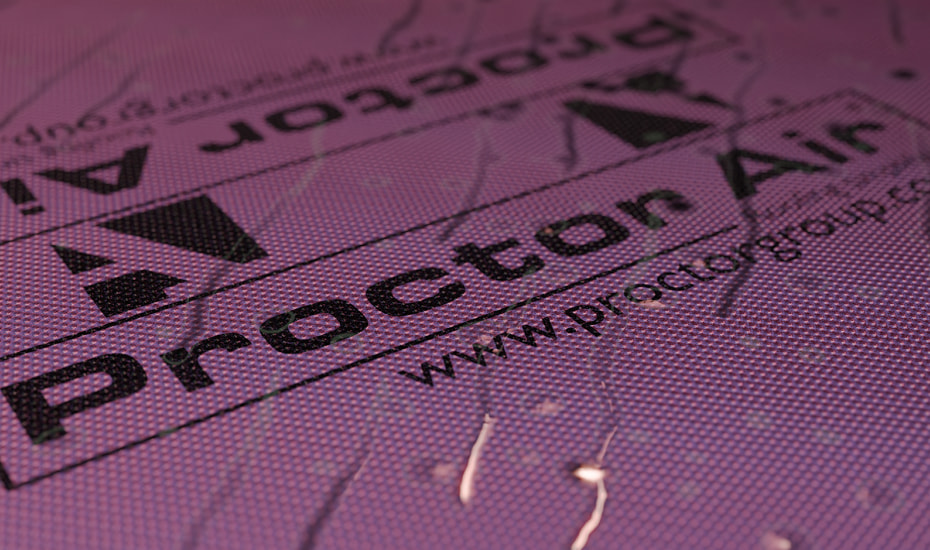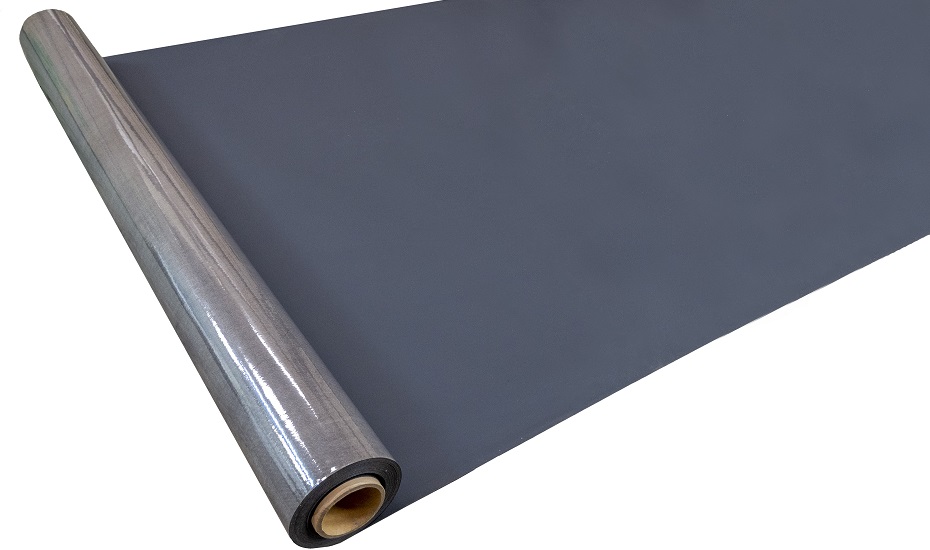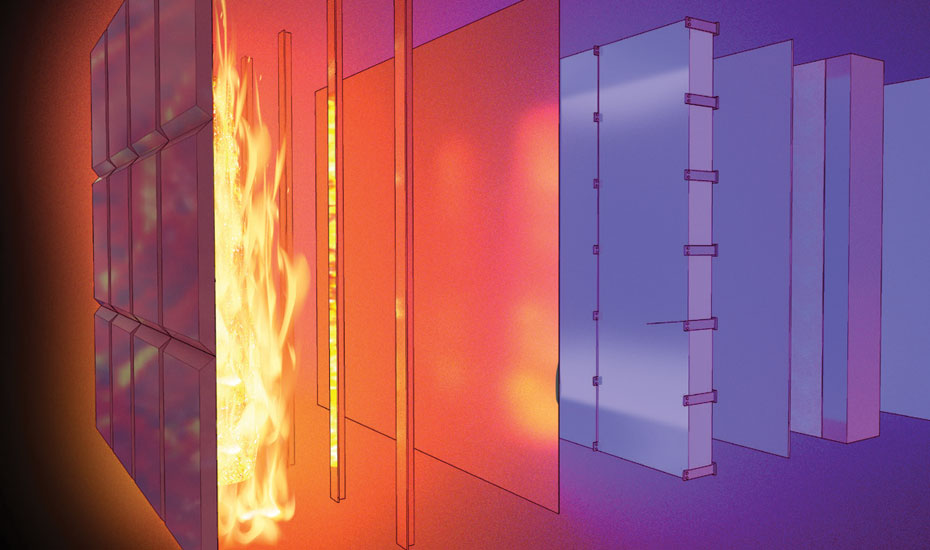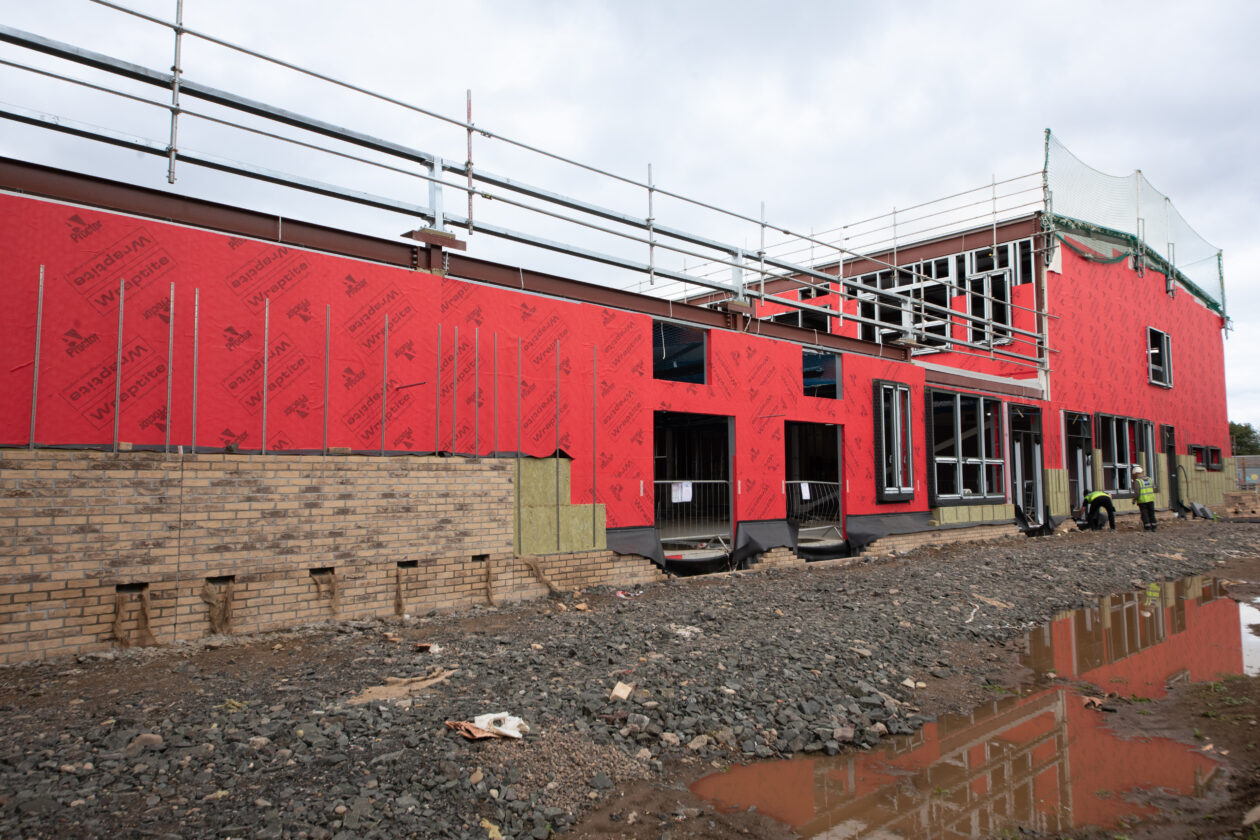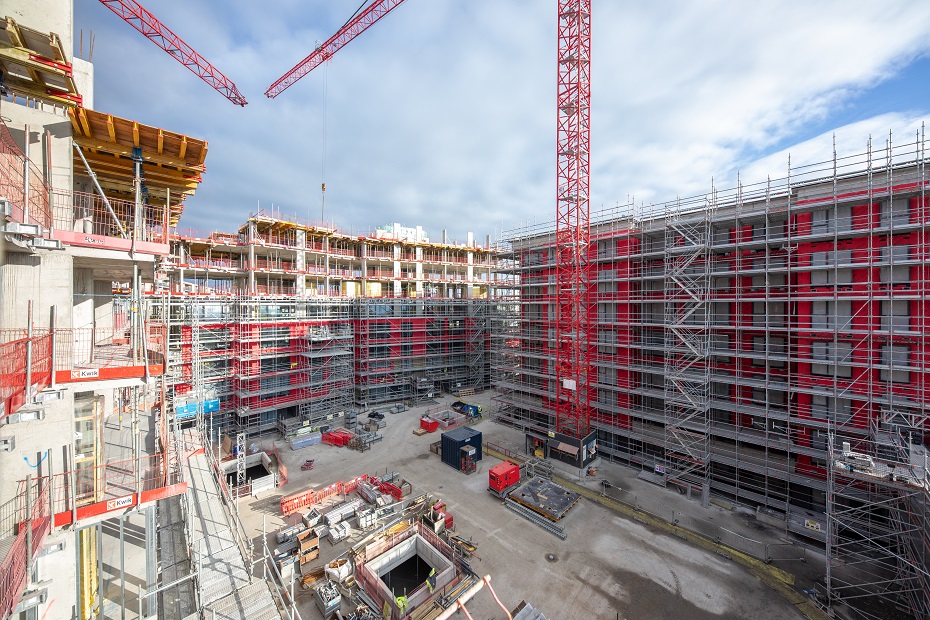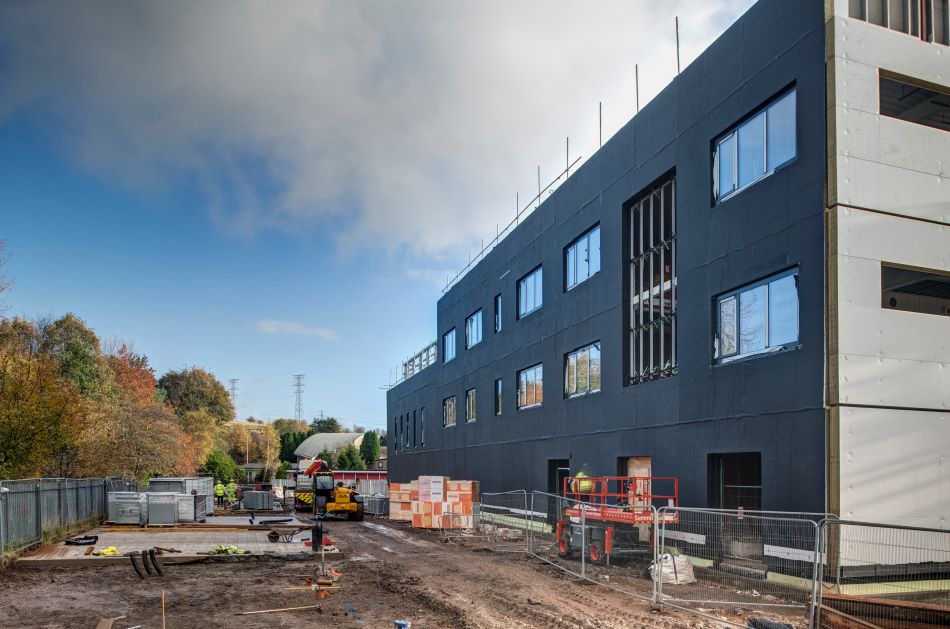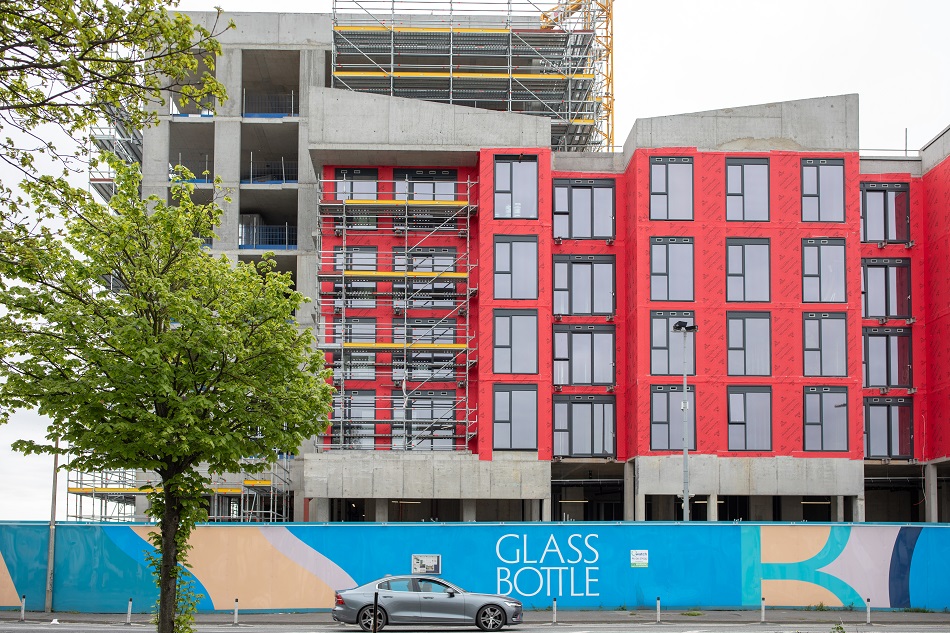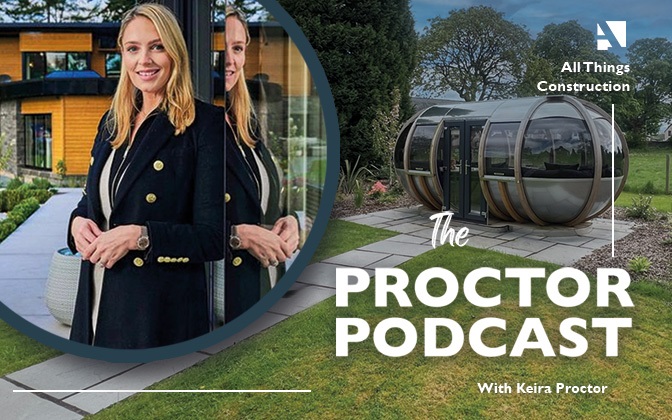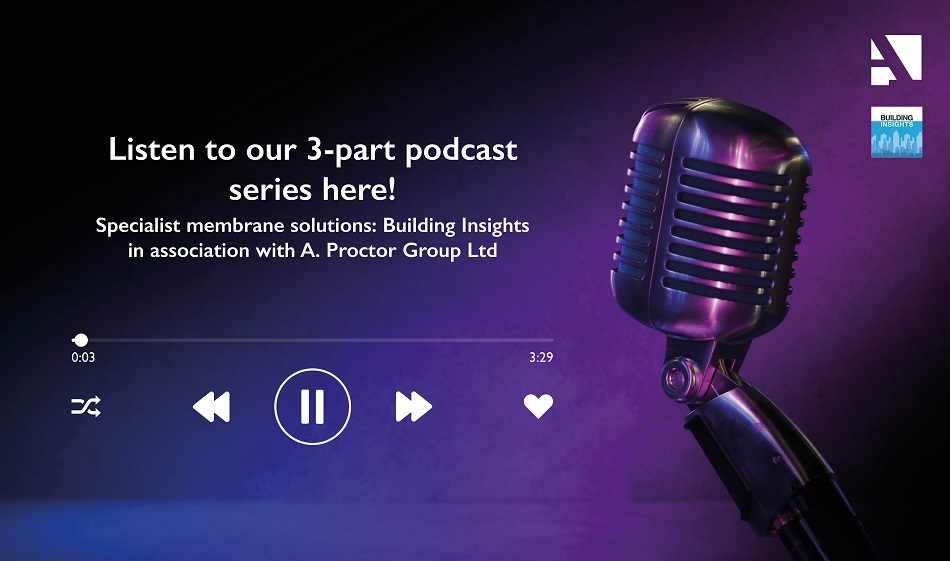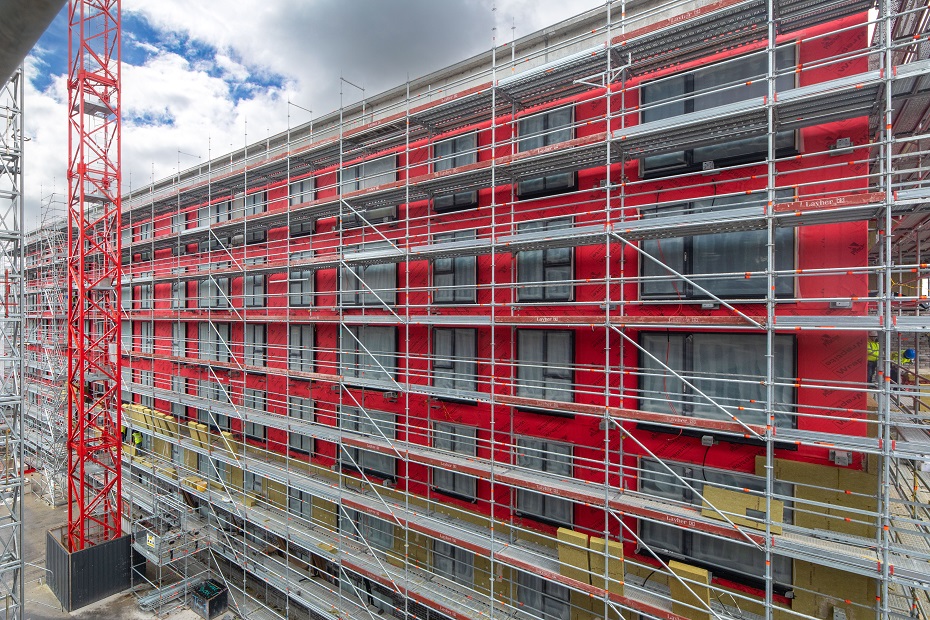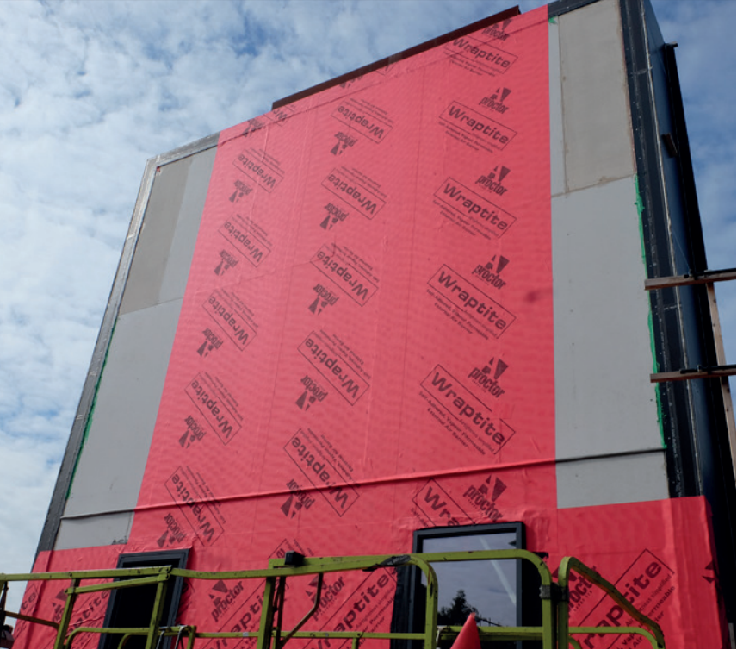Our range of Wraptite external air barriers solve the problem of reliably achieving airtightness in buildings, with a robust two component solution comprising Wraptite & Wraptite Tape. This new approach saves on both the labour and material costs associated with meeting the demands of modern energy efficiency requirements in both commercial and residential buildings.
Moving the air barrier to the outside of the building, away from the ‘services zone’ means there are far fewer potential penetrations to the air barrier and that there is no requirement for expensive specialist components such as airtight junction boxes, light switches or downlighter hoods.
Wraptite is an external airtight solution, which is not only highly vapour permeable, yet airtight – but also self-adhered to ensure a consistent airtight external seal.

